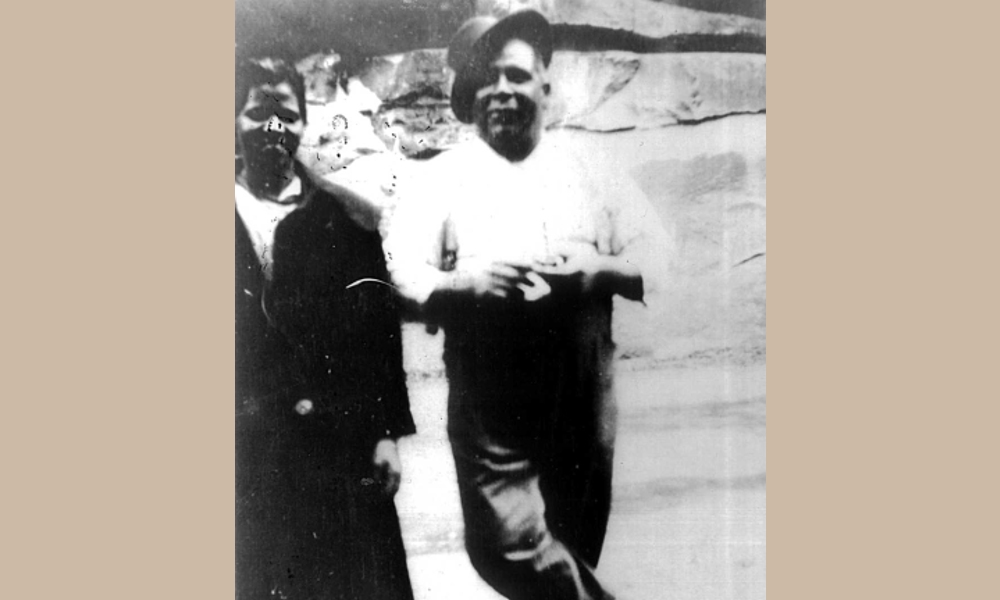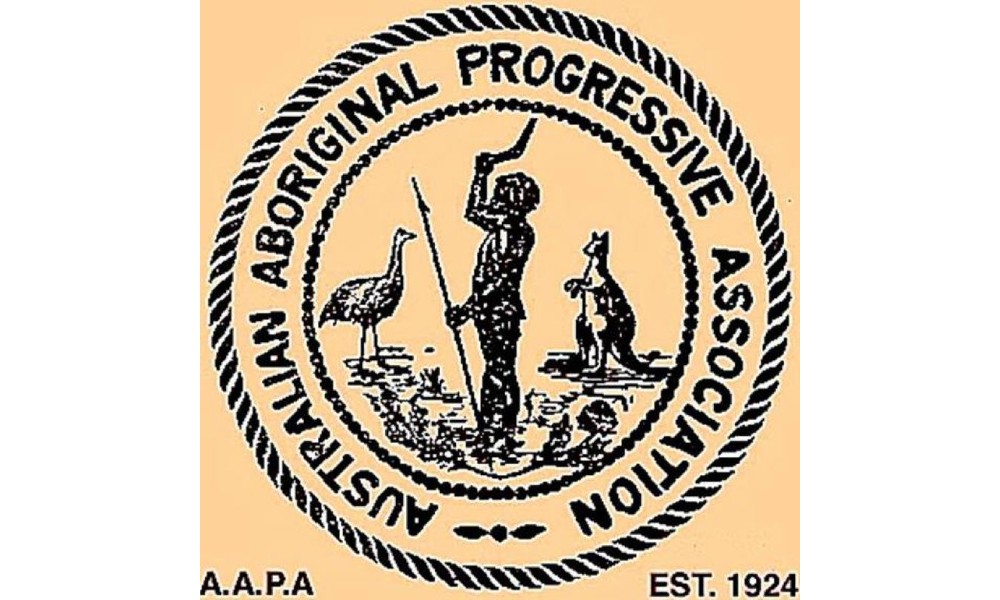The most startling point on the referendum for a Voice to Parliament is the fact the majority of people in this country have no idea of history, writes Professor John Maynard.
For nearly two thirds of the 20th century, we as Aboriginal and Torres Strait Islander people were conveniently erased from the historical landscape and memory. The majority of us were trapped in a historical vacuum as great numbers of our people had been confined to heavily congested and controlled missions and reserves.
As part of this confinement, we were to be severed from any sense of past or inspiration. We could not participate in ceremonies, speak our language, tell our stories, practice songs and dances or conduct our everyday hunting and living experiences. Over time our people could only remember the controlled life on the reserve – a pattern of misery.
In his 1968 Boyer lecture, anthropologist W.E.H. Stanner exposed Australia’s failure to regard, record or acknowledge Aboriginal people. Australian history, he said, had been constructed with ‘a view from a window which had been carefully placed to exclude a whole quadrant of the landscape.’

Fred Maynard with his sister Emma, 1927 at the Rocks. Photo: supplied by John Maynard
What is critically important in understanding history is that the call for a Voice to Parliament is not a new initiative. Aboriginal activists nearly 100 years ago first called for such a voice as part of their political platform and demands during the 1920s.
The Australian Aboriginal Progressive Association
The first Aboriginal political organisation, the Australian Aboriginal Progressive Association (AAPA), was formed in Sydney in 1924 and led by my grandfather Fred Maynard.
It advocated several key demands in protecting the rights of Aboriginal people, centring on: a national land rights agenda; protecting Aboriginal children from being taken from their families; a call for genuine Aboriginal self-determination; citizenship in our own country; defending a distinct Aboriginal cultural identity; and the insistence Aboriginal people be placed in charge of Aboriginal affairs.
The call for Aboriginal rights to land was explicit. Leader Fred Maynard declared:
The request made by this association for sufficient land for each eligible family is justly based. The Aboriginal people are the original owners of the land and have a prior right over all other people in this respect.
The association’s conference in Sydney was front page news in the Sydney Daily Guardian. Over 200 Aboriginal people attended this conference held at St David’s Church and Hall in Riley Street, Surry Hills.
In the space of six short months the Australian Aboriginal Progressive Association had expanded to 13 branches, four sub-branches and a membership in excess of 600.

The logo for the Australian Aboriginal Progressive Association. Photo: supplied by John Maynard
Calls for direct representation in parliament
Late in October 1925, the association held a second conference in Kempsey, New South Wales. It ran over three days with over 700 Aboriginal people in attendance. It was noted in press coverage of the conference that ‘pleas were entered for direct representation in parliament.’
Two years later in 1927, the Australian Aboriginal Progressive Association produced a manifesto. It was delivered to all sections of government.
One of the significant points was for an Aboriginal-elected board to be established under the Commonwealth government, and for state control over Aboriginal lives be abolished. It envisioned:
The control of Aboriginal affairs, apart from common law rights shall be vested in a board of management comprised of capable educated Aboriginals under a chairman to be appointed by the government.
This push continued in 1929, when Fred Maynard spoke to the Chatswood Willoughby Labour League in NSW on Aboriginal issues. A report in the The Labor Daily newspaper in February that year mentioned his call for:
Aboriginal representative in the federal parliament, or failing it, to have an [A]boriginal ambassador appointed to live in Canberra to watch over his people’s interests and advise the federal authorities.
The above is an excerpt from Reconciliation News – May 2023.
Read the full article online in the latest edition of Reconciliation News.
Professor John Maynard is a Worimi Aboriginal man from the Port Stephens region of New South Wales. He is currently a Director at the Wollotuka Institute of Aboriginal Studies at the University of Newcastle and Chair of Indigenous History.
This article was first published in The Conversation. Read more: theconversation.com/au
This edition of Reconciliation News is all about the importance of Aboriginal and Torres Strait Islander voice. Download the PDF or read the full edition online.



